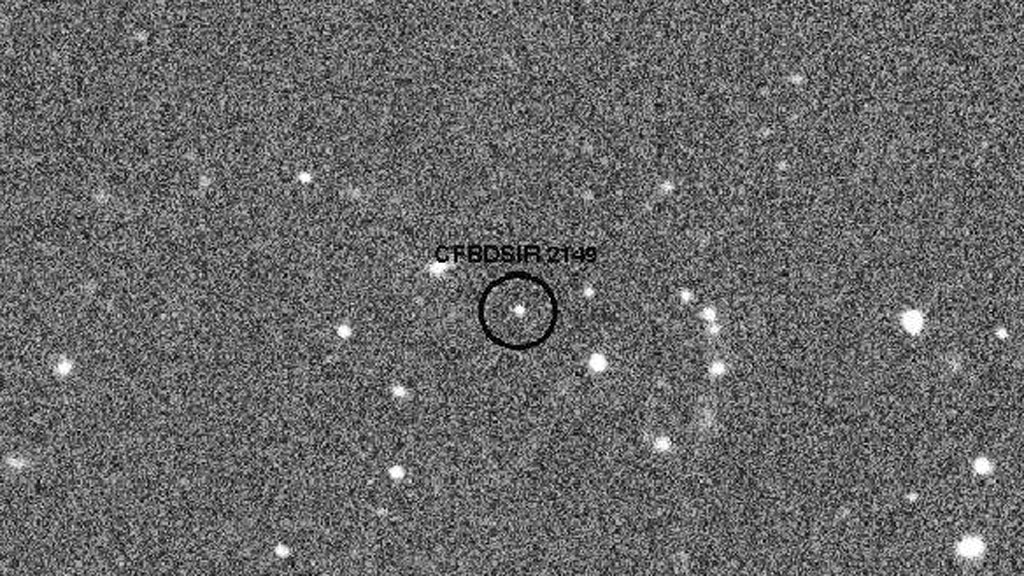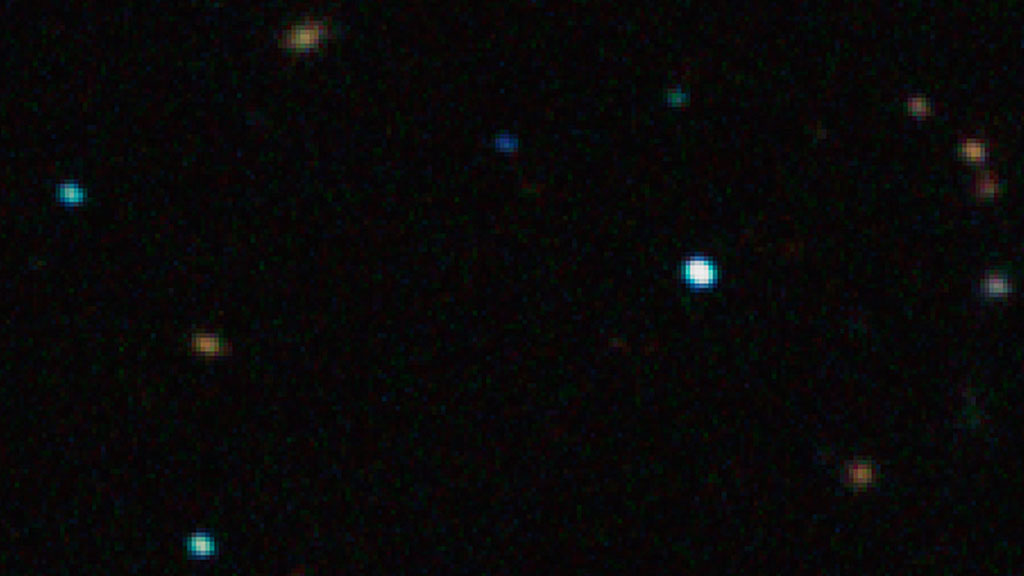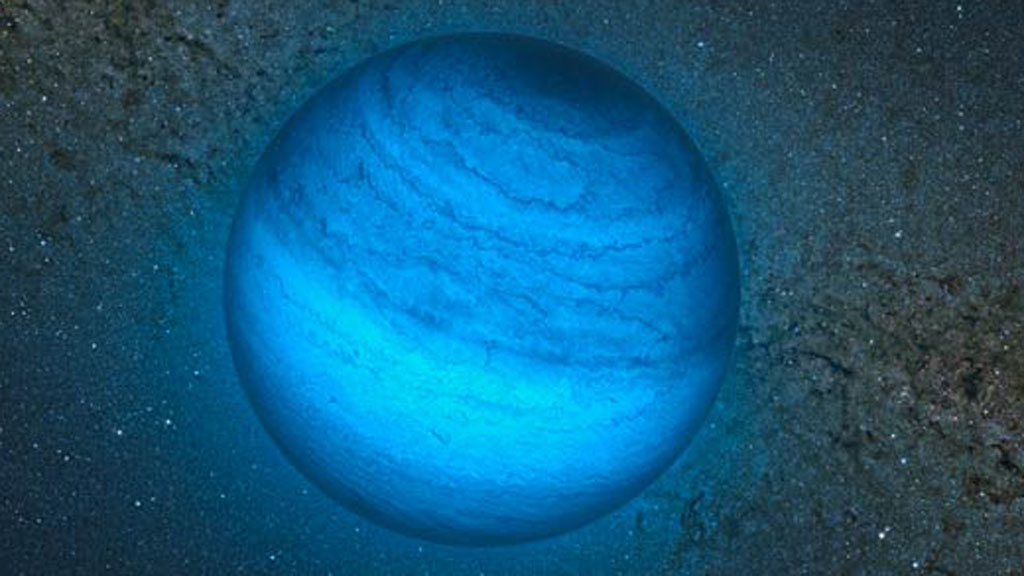Lost in space? Astronomers spot ‘rogue planet’
The free-floating or “wandering” planet has been identified using the European Southern Observatory’s huge telescope in Chile – experts believe it is 100 light years away.

Free-floating planets roam through space without any ties to a star and scientists describe this sighting as the “most exciting” yet.
Labelled CFBDSIR2149, this new “rogue planet” has no parent star but is thought to be part of a nearby stream of young stars, which is the closest group of its kind to our own solar system in terms of distance.
Dr Marek Kukula from the Royal Observatory in London told Channel 4 News its discovery throws up new questions about the difference between planets and stars.
He said: “It feels like there’s a new planet announced every week but what’s different with this one is it doesn’t have a sun and it’s not orbiting round a star. It seems to be just floating on its own, like a star.
The question is, did this planet form around a star but then got ripped away? Dr Marek Kukula
“This changes the way we think about planets in relation to stars. The question is, did this planet form around a star but then got ripped away? Or did it form on its own in space in the same way as a star does?
“There had been hints of other free-floating planets – but this is the best evidence so far.”

The “rogue planet” which appears as a faint blue dot at the centre of this picture does not orbit a star so does not shine by reflected light.
So could this “rogue planet” roam towards earth?
“Stars are flowing freely through space all the time and over millions of years our solar system does pass close to these stars. But ‘pass close’ still means very large distances,” Dr Kukula explained.
“And it doesn’t change our safety in the universe.”
Astronomers found CFBDSIR2149 using the European Southern Observatory’s Very Large Telescope, based in the Chilean desert.
“Looking for planets around their stars is akin to studying a firefly sitting one centimetre away from a distant, powerful car headlight,” said Philippe Delorme, who led the study.
“This nearby free-floating object offered the opportunity to study the firefly in detail without the dazzling lights of the car messing everything up.”

-
Latest news
-
Taylor Swift’s new break-up album breaks records3m

-
NHS trust fined £200K for failings that led to death of two mental health patients3m

-
Sunak vows to end UK ‘sick note culture’ with benefit reform3m

-
‘Loose talk about using nuclear weapons is irresponsible and unacceptable’, says head of UN’s nuclear watchdog3m

-
‘There wasn’t an Israeli attack on Iran,’ says former adviser to Iran’s nuclear negotiations team7m

-




